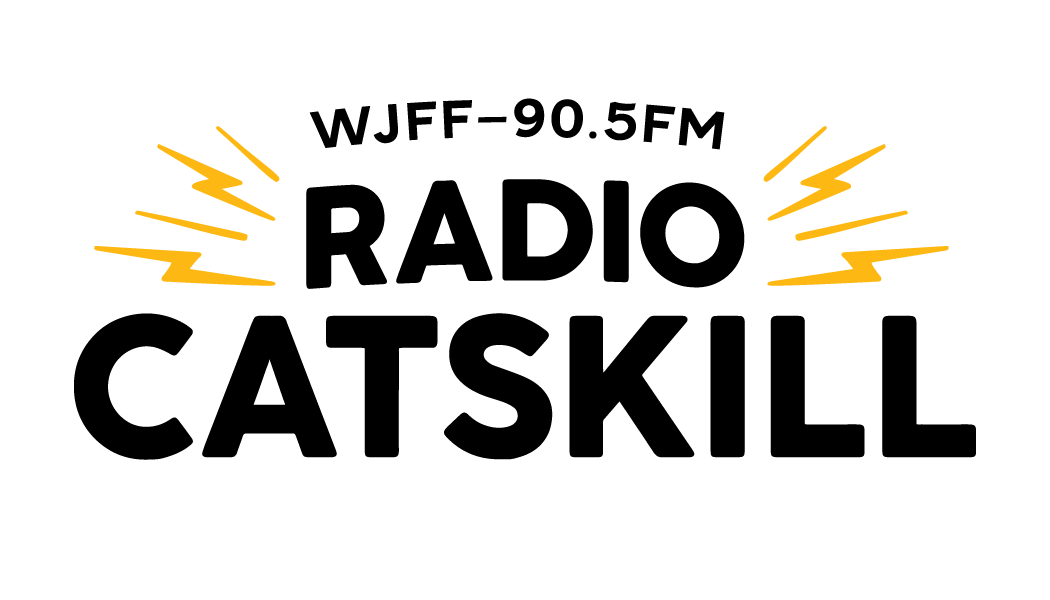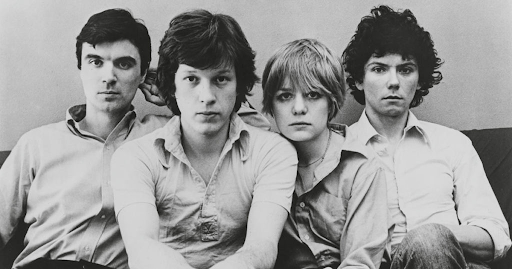If you know anything about punk rock and new wave music of the 1970s and 80s, you’ll know all about CBGB in Manhattan’s East Village and the many bands that got their start performing there, including The Ramones, Blondie, and Talking Heads.
Now, rare footage of Talking Heads from 1975 performing at this legendary night club is finally seeing the light of day in Ellenville this weekend. The never before seen video was captured by John Hazard, a filmmaker with Metropolis Video.
Musical and Media Democracy at CBGB
In 1973, musician and night club owner Hilly Krystal founded CBGB, which stands for “Country Bluegrass Blues.” Krystal named the club to honor the bluegrass clubs around the country that were opening up their doors to new musicians when their opportunities to break through were scarce.
“Krystal was running a kind of parallel experiment in musical democracy,” said Hazard. “Providing a platform for new bands that other clubs wouldn’t program because the music was too raw or original.”
If CBGB was giving new musicians a place to perform, then Metropolis Video was making sure these bands’ legacies would be remembered.
Most of the filmmakers that would make up Metropolis Video met working at Manhattan Cable Television’s (MCTV) Public Access Department. Hazard was brought into the group by Pat Ivers, a friend and Metropolis member who noticed his camera skills.
But the formation of the group was happening concurrently to the rise of public access television in Manhattan. Starting in 1972, the Federal Communications Commission (FCC) allowed TV systems in the top 100 markets to give public access to anyone who wanted to produce their own show. Community members could get free production training, borrow equipment, and air their shows on MCTV, all by walking over to the station’s headquarters on East 23rd Street.
“My friends in Metropolis were doing public access,” said Hazard. “And once they got down to [CBGB] and saw what was happening, they thought, ‘There’s no live music. Why don’t we do live music?’”
Using borrowed video equipment, the filmmakers of Metropolis Video filmed the bands performing at CBGB and broadcast “Live from CBGB” on Channels C and D of MCTV every Saturday night at midnight.
The work was often grimy (Hazard remembers wondering if there was “dog shit on the pool table.” According to another Metropolis member, there was.) and there were several audio problems that needed to be figured out. Still, as Hazard tells it, these channels were the YouTube of their day.
Their work was even recognized by The New York Times music critic John Rockwell for capturing “the efflorescence of the New York underground rock scene at the CBGB club [that] will live on past the present moment.”
Theatricality of Talking Heads
Metropolis were equally passionate about broadcasting new bands as they were about showing off their technical film editing skills. However, as soon as Talking Heads came into CBGB and started working with Metropolis, Hazard said that he learned the value of simplicity.
“When David Byrne saw the way that we had filmed the thing, we were inspired by the music and experimental cinema, ” said Hazard. “David actually said, ‘Well, I would prefer it if you treated us like a football game and didn’t do any of these kinds of dissolves and special shots. Just have straight frames of us playing.’”
The Common Good in Ellenville is hosting “Talking Heads: Never Seen. Never Heard. The Metropolis Recordings” on Friday, August 22, featuring the band in some of their earliest performances at CBGB.
The never before seen footage will demonstrate the progression and culmination of Metropolis Video’s work with Talking Heads. While they only worked together three times, Hazard identified David Byrne’s unique theatricality right away.
“He’s a consummate showman and he thinks about theater and live music,” said Hazard. “And he was always able to carry that aesthetic forward.
Metropolis dissolved in 1977, public access television died out in the 1980s in New York, and CBGB closed its doors in 2006. Still, Hazard hopes that this live footage reminds folks that developing artists of all types should be given the opportunity to grow.
“This was a pretty feral moment,” said Hazard. “But you could really experience something that was unique and matched the mood of the city.”
Note: The Common Good is owned by Radio Catskill Board Member Matthew Goldman.
Image: Talking Heads (Credit: Greenwich Village Society for Historic Preservation)

